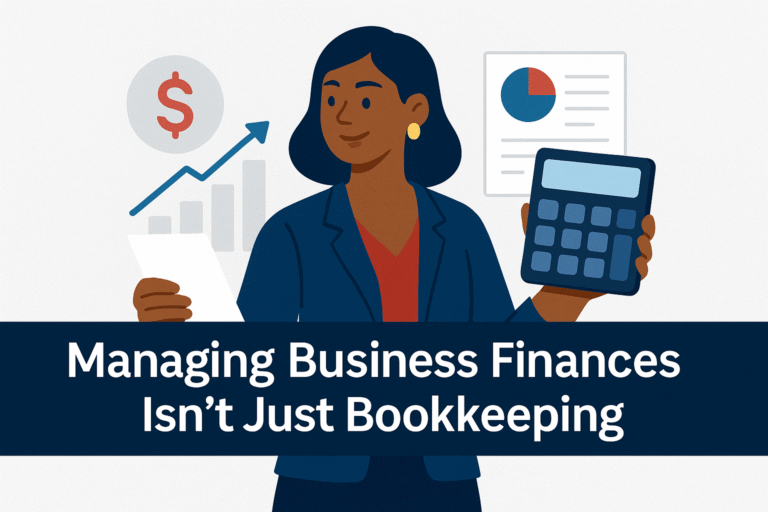I learned the hard way the importance of cash flow in a business. Years ago, when I finally decided to start Backbone America, I followed all sorts of trends. I spent money on organizations, fell prey to marketing schemes, and just hemorrhaged money. As a business advisor, I should have known better. The thing is, it wasn’t that spending money to grow my business was a bad thing. Rather I didn’t respect operating cash flow.
Cash flow
What Is Operating Cash Flow?
Operating cash flow (OCF) is the profits that comes into a business from ongoing operations. It’s the amount before any investments or financing activities take place. This means that all revenues generated by selling goods or services are included in the calculation. Also keep in mind that expenses related to long-term investments such as property purchases are not factored into OCF calculations. This type of analysis helps businesses measure their short-term liquidity position. It can tell them whether they have enough money on hand to meet their current obligations. It also shows if they need additional financing sources, like bank loans or venture capital investment to stay afloat.
How Do You Calculate Operating Cash Flow?

Why Monitor Your Company’s Operating Cash Flow?
Analyzing operating cash flows gives businesses valuable insights on their daily operational activities. This allows business owners to they make informed financial decisions. It can help with budget allocations moving forward or address potential gaps when without significantly impacting their bottom line over time. Furthermore, keeping track of these key performance indicators also allows companies to their liquidity position more accurately. Doing so can help prevent them from getting overextended during times when sales may be slow or unexpected expenditures arise. It can also help avoid potentially disastrous consequences if left unchecked.
Conclusion
The bottom line is by regularly monitoring operating cash flows, businesses can ensure that they remain financially healthy. Understanding and monitoring your company’s operating cash flow is essential for any business to stay afloat. With the ability to identify potential problems before they arise, companies can make better decisions regarding budget allocations and liquidity management which will help them remain profitable in the long run.






